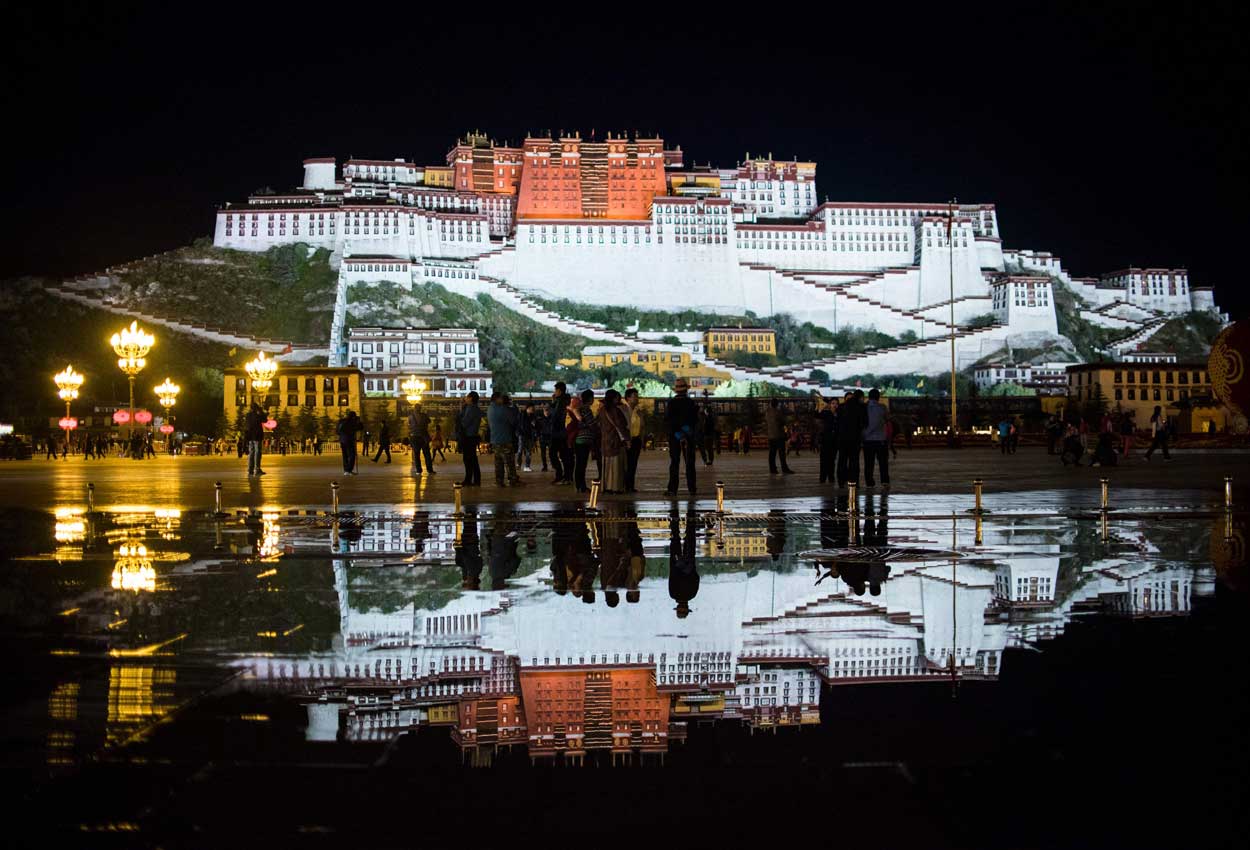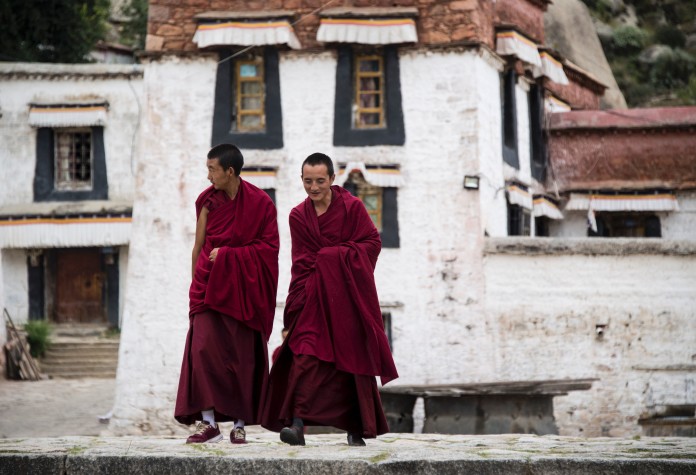Finance professional Zhang Liang, 26, and his fiancee tend to shun high-altitude places in picking their holiday destinations, fearing the effects of acute mountain sickness.
But Tibet’s exotic culture and stunning landscape, despite its average altitude of 4,000m, proved too much to resist and they took a two-week holiday in the autonomous region earlier this month.
The couple, who live in northern Hebei province’s Tangshan city, travelled some 42 hours this month from Beijing to Lhasa via the Qinghai-Tibet railway.
“We really wanted to experience the Tibetan culture and understand this mysterious region that is an integral part of China. It helps that we could travel here by train to help adjust to the high altitude,” Mr Zhang told The Straits Times at a square opposite the Potala Palace in Tibet’s capital city Lhasa.
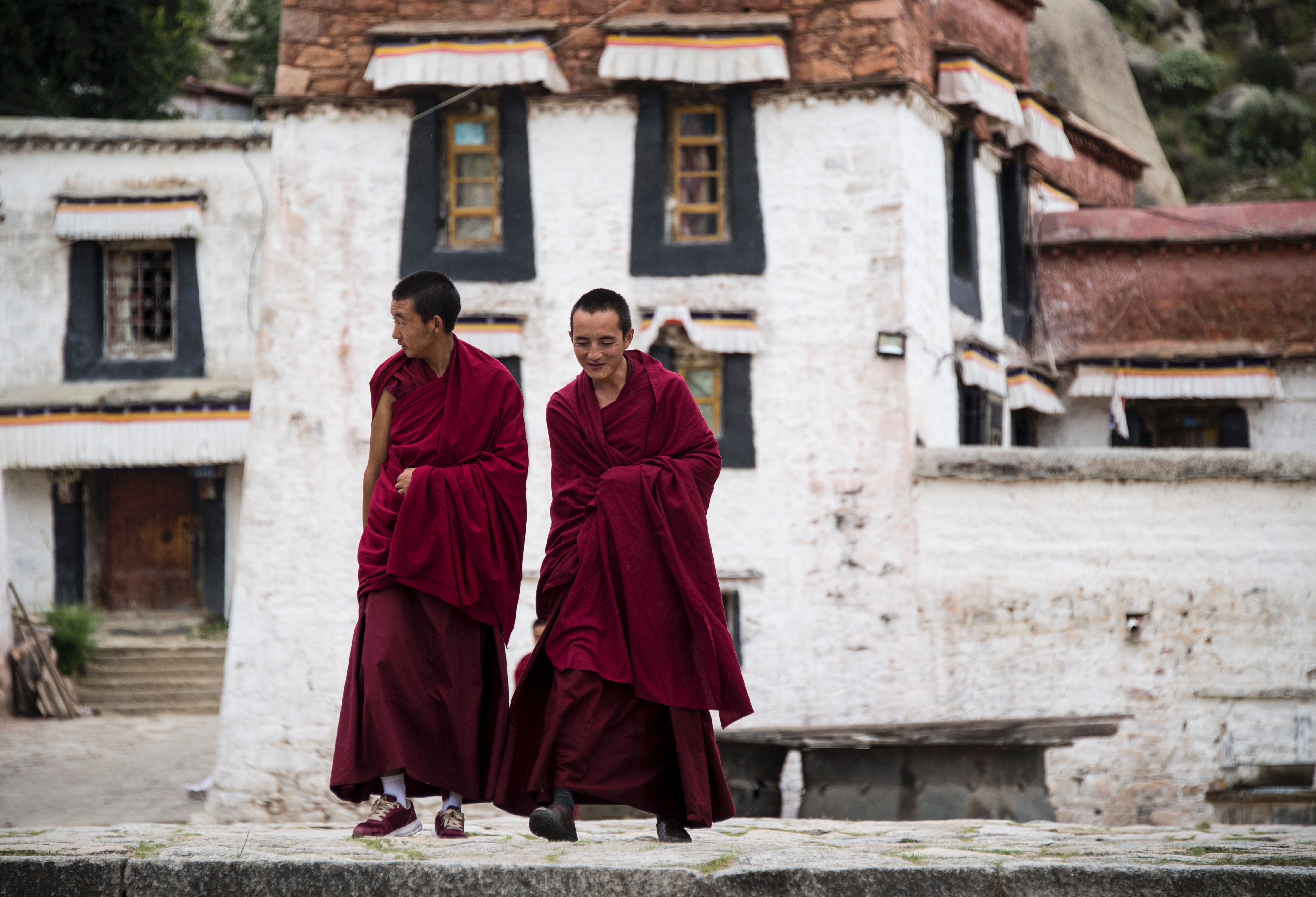
The couple are part of a tourism boom in Tibet, which is expected to register 24 million tourist arrivals this year, up six times from four million in 2007.
A key factor accounting for this spike is Tibet’s improved transport system, such as an expanding network of highways and an increase in flight links, with five airports across the region now operating more than 310 flights per week to nearly 40 cities.
But the biggest stimulus was the 1,965km Qinghai-Tibet railway that opened in July 2006, the first to connect one of China’s most isolated regions to another province.
Tibetan officials told foreign journalists on a recent visit organised by the Chinese Foreign Ministry that by 2020 tourist arrivals are projected to hit 35 million while tourist revenue is set to rise from the current 20 billion yuan (S$4 billion) to an estimated 50 billion yuan.
They also shared plans to boost the tourism sector, which already accounts for more than 27 per cent of the region’s economy.
For instance, plans are afoot to build a new railway from Lhasa to Sichuan province’s capital city Chengdu via Nyingchi city located in Tibet’s south.
A new 450km-long highway is also being built between Lhasa and Nyingchi, which will halve the travel time to around four hours.
To cater to more affluent tourists, Tibet, which has attracted international hotel chains such as Intercontinental and St Regis, is seeking to build 10 more five-star hotels by 2020, said Mr Wang Songping, deputy director of the Tibet Tourism Development Commission.

“We will provide better tourism resources as more tourists visit Tibet,” he said at a briefing.
Tourism has helped Tibet achieve strong economic expansion, with a 10.6 per cent growth rate in the first half of this year, the highest of the country’s provinces and regions. It has also registered double-digit growth rate for the past 23 years.
But tourism development in Tibet remains a controversial topic.
Analysts say Beijing is using tourism to improve livelihoods and to dispel international criticism over its rule in Tibet, which is still viewed by some as unlawful occupation after the Chinese military overran the region in 1951.
Another aim is to reduce the ethnic Tibetans’ support for the exiled Dalai Lama, whom Beijing has accused of stoking independence sentiments in Tibet.
Tourism development became a more pressing need after the ethnic riots in March 2008 that killed 22 – including Han Chinese and Tibetans – based on official figures, though rights groups say more than 140 died. The violence broke out after hundreds of Tibetan monks gathering in Lhasa – to mark the 49th anniversary of an uprising against Beijing rule and to celebrate an American award given to the Dalai Lama – began to demand the release of detained monks.
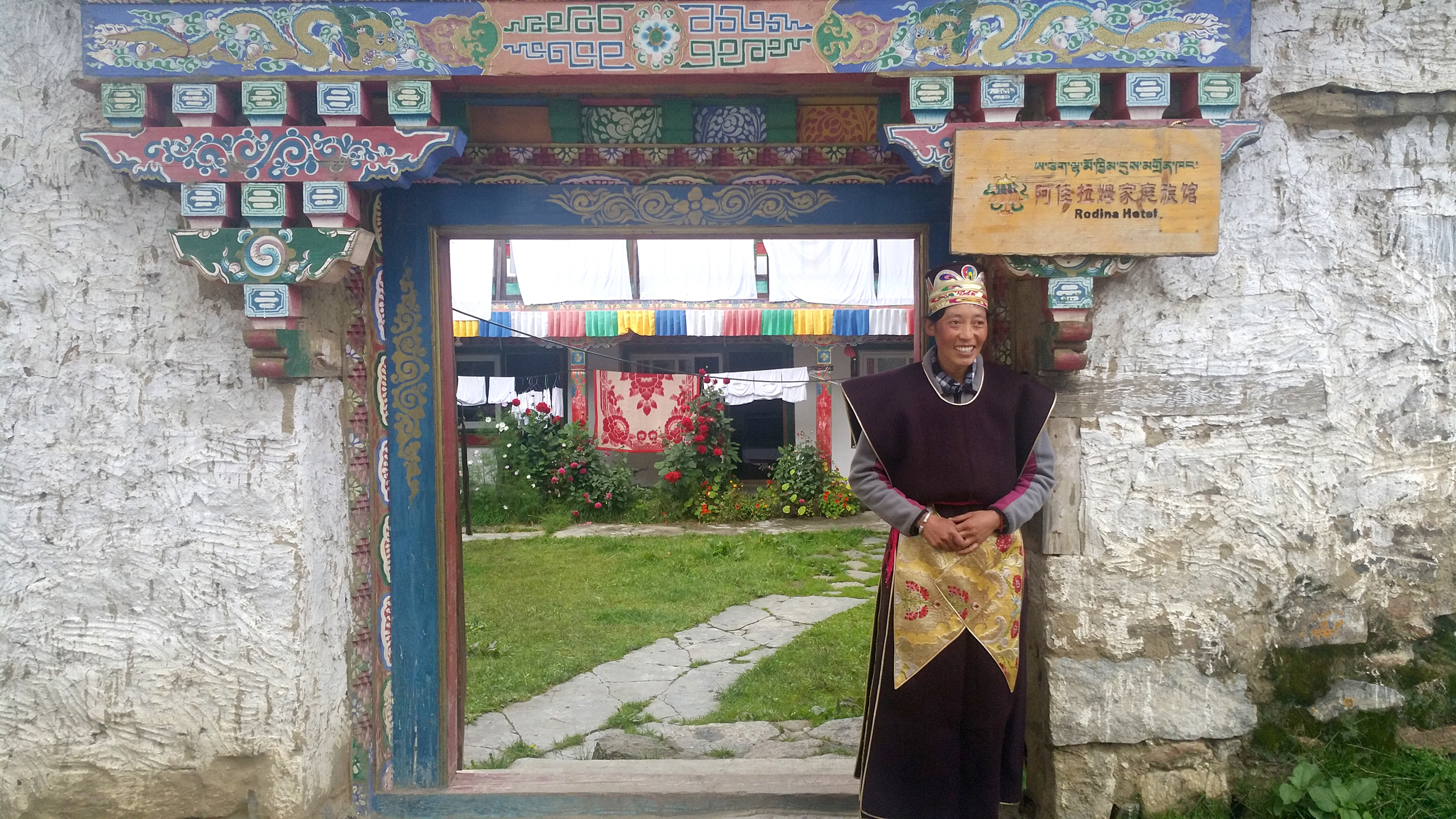
These days, however, Chinese holidaymakers feel at ease visiting Tibet as they perceive relations to have stabilised. “We trust that the central government has stabilised the situation and that the ethnic Tibetans know we’re all Chinese,” Sichuan native Chen Wei, 33, told The Straits Times while on a visit to the Potala Palace.
The vice-chairman of Tibet’s government, Mr Bianba Zhaxi, gave a briefing to the visiting journalists on the region’s history that skipped over the March 2008 riots as he hailed Tibet as a positive example of ethnic unity in China.
“Everyone in Tibet is joining hands. Without ethnic unity, the achievements in Tibet would not have been possible,” he said.
But interviews with ethnic Tibetans seemed to suggest a different picture. A Tibetan man, who gave his name as Sanchul and was travelling with a group of Tibetan friends, told The Straits Times that he wasn’t bothered by the deluge of domestic tourists. “We rarely interact with them anyway,” said the 40-year-old man.
A Tibetan monk in the Jokhang Temple in Lhasa was overheard telling one of the visiting journalists that he liked former French president Nicolas Sarkozy as the latter had met the Dalai Lama.
Concerns that foreigners may report on the support among the ethnic Tibetans for the Dalai Lama or on rights abuses against them are believed to be reasons for the restrictions on foreign tourists – including journalists – seeking to visit Tibet. Reflecting such concerns, some of the visiting journalists were stopped by the local authorities in Nyingchi from going into a monastery there though there were no similar restrictions on reporting activities in Lhasa.
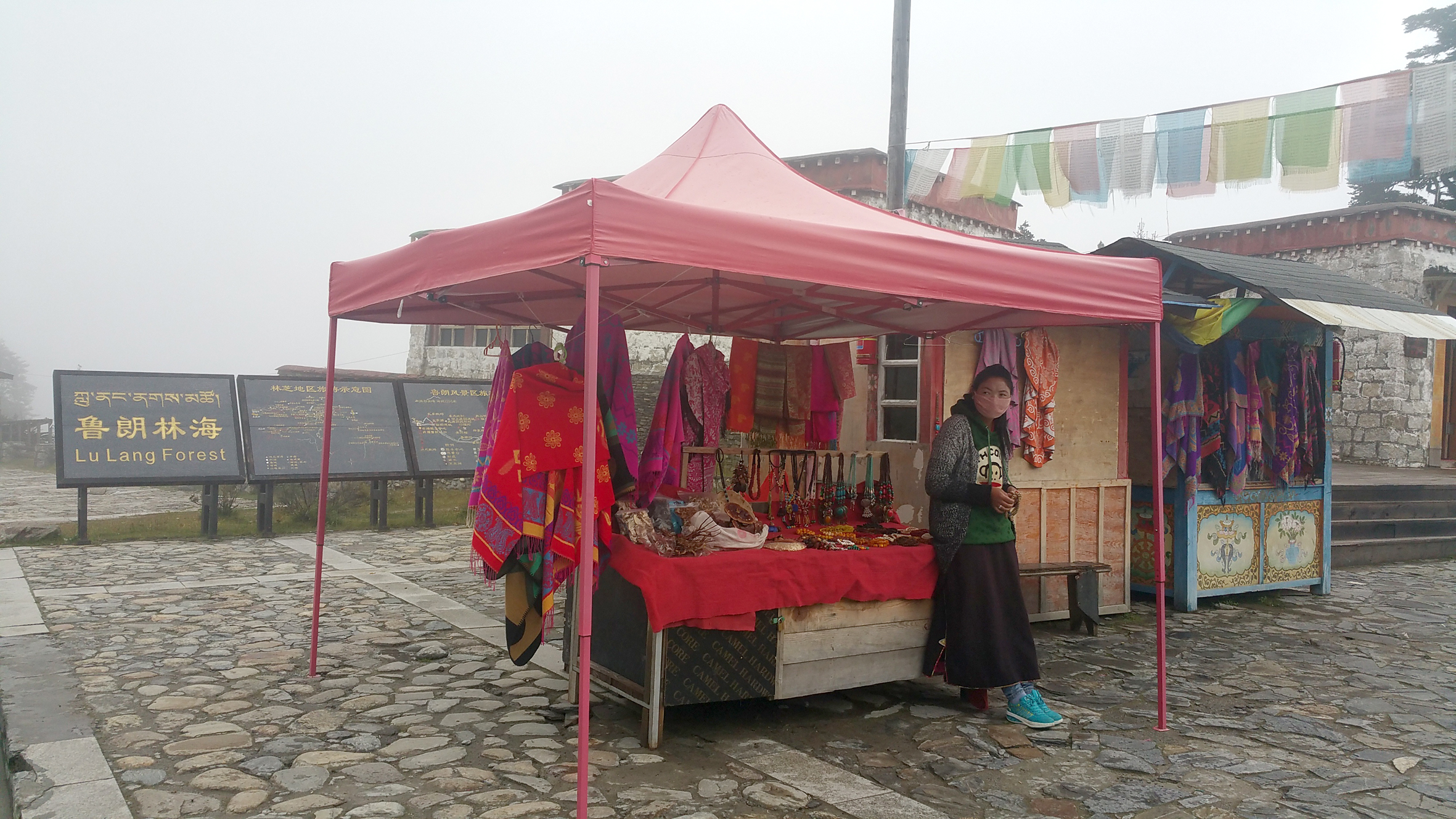
There are also questions over whether Tibet can cope with a massive tourist influx that dwarfs its 3.18 million population, of which some 90 per cent are ethnic Tibetans.
Tibet’s officials were quick to stress that they placed high emphasis on environmental protection and that the tourism boom has benefited ethnic Tibetans largely.
Mr Wang said some 97,000 ethnic Tibetans are employed in the tourism industry and their average incomes have risen from 5,000 yuan in 2006 to 8,100 yuan now.
He added that the government has provided subsidies averaging 50,000 yuan per household to help Tibetans retrofit their homes into family inns, which number over 800 across Tibet now.
Despite the debate, some Tibetans say they are happy to be part of the tourism sector.
One of them is Ms Baima Cizuo, a 17-year-old student working as a housekeeping intern at a hotel in the Lulang town in Nyingchi city.
She is thrilled that she is now getting some 1,000 yuan monthly and could be earning 4,500 yuan if she becomes a full-time employee.
“I’m hoping that my experience here will allow me to work in other provinces,” she told reporters.

This article was first published on September 20, 2016.
Get a copy of The Straits Times or go to straitstimes.com for more stories.
